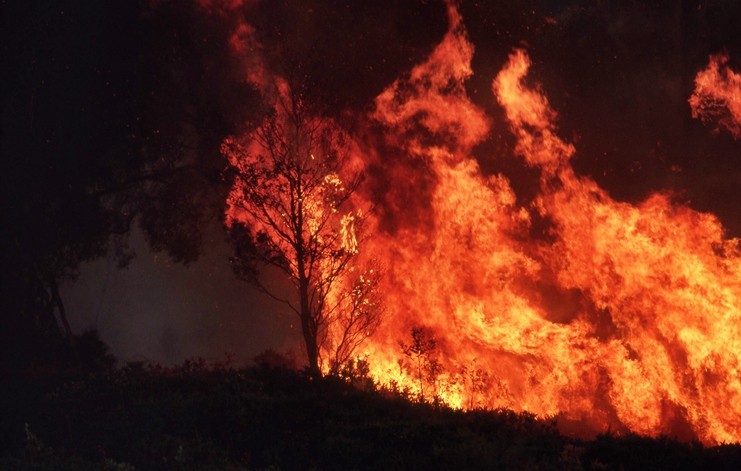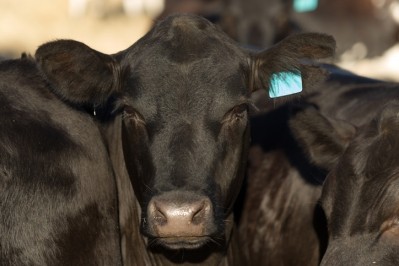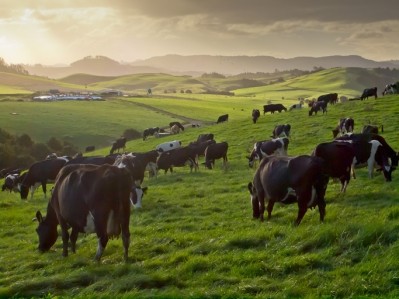Feed, livestock impact from bushfires in Australia

Hundreds of thousands of people have been forced to evacuate, and nearly half a billion animals have been lost due to the bushfires ravaging the country. The fires have been made worse by the drought conditions and record-breaking temperatures.
Over the past four months Queensland, New South Wales (NSW), Victoria, South Australia, Tasmania and Western Australia have all been hit, said Rabobank’s grains and oilseeds senior analyst, Cheryl Kalisch Gordon. An estimated six million hectares of land has been affected since August, she said.
“The threat of further fire damage is high due to us being not even half way through our summer and there being no material rainfall events or cooling weather patterns on the cards,” the grain and oilseed market specialist told this publication.
Anticipated dairy cattle, stored grain losses
For the most part, these fires have been on grazing lands and bushlands so that large areas of crop land have not been affected, she reported.
“In parts of NSW and southern Queensland, where there have been fires near to cropping lands, there were no crops in any case due to the ongoing drought. In eastern Victoria we expect, though it’s too early to estimate because fires are still out of control, regionally significant livestock losses – primarily dairy cattle.
“Throughout this area we expect also the loss of fodder and stored grain as well as pastures. I expect that we will see a proportionally higher loss of feedstock, than loss of livestock, so that the impact of the fires will be a further tightening element to the already tight grain/fodder balance sheet. But again, it’s too early for there to have been any stock loss assessments.”
There have been no reports, to date, of any central grain storage and handling facilities being damaged, only on farm storage, she added.
In terms of other crop developments, the 2020 sorghum crop prospects have disappeared due to the ongoing heat and no rainfall in the sorghum growing regions of northern NSW and southern Queensland, said the analyst.
“Our next best prospects for new crop supply of sorghum, and, therefore, any grain crop in Australia, is from central Queensland in June, though some parts of Western Victoria and South Australia are still finishing off their winter crops.
“Whilst mandated harvest stoppages due to fire risk are common in Australia, this year’s hotter, drier and earlier summer conditions have increased the frequency of required stoppages in those regions where there has been a harvest to speak of,” she noted.















